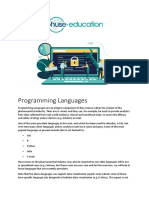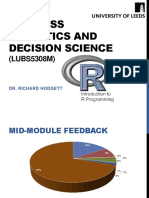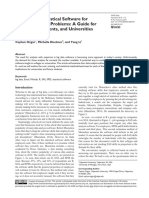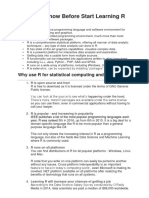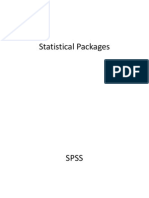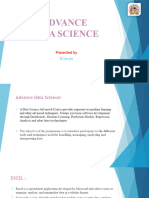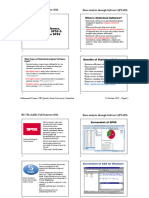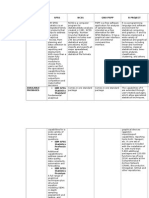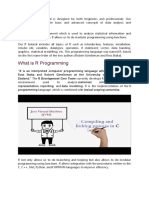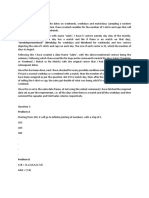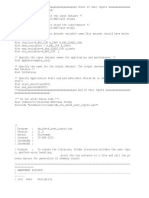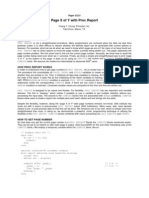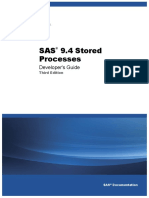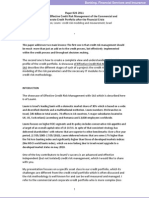0% found this document useful (0 votes)
143 views54 pagesCourse Introduction: Prof. Sourav Saha
Here are the key points about advanced statistical analysis options in different software:
- SPSS, SAS, Stata: Very powerful for advanced stats like regression, ANOVA, multivariate, time series etc. Widely used in research.
- R: As powerful as SPSS/SAS but requires coding. Huge library of packages. Popular for cutting edge methods.
- Python: Growing popularity for data science. Requires coding but has scikit-learn, statsmodels for many standard methods.
- Minitab: Good for basic to intermediate stats but limited for very advanced techniques.
- Excel: Basic stats only. Not suitable for serious statistical analysis beyond simple summaries/charts.
So in summary,
Uploaded by
Siddharth KumarCopyright
© © All Rights Reserved
We take content rights seriously. If you suspect this is your content, claim it here.
Available Formats
Download as PDF, TXT or read online on Scribd
0% found this document useful (0 votes)
143 views54 pagesCourse Introduction: Prof. Sourav Saha
Here are the key points about advanced statistical analysis options in different software:
- SPSS, SAS, Stata: Very powerful for advanced stats like regression, ANOVA, multivariate, time series etc. Widely used in research.
- R: As powerful as SPSS/SAS but requires coding. Huge library of packages. Popular for cutting edge methods.
- Python: Growing popularity for data science. Requires coding but has scikit-learn, statsmodels for many standard methods.
- Minitab: Good for basic to intermediate stats but limited for very advanced techniques.
- Excel: Basic stats only. Not suitable for serious statistical analysis beyond simple summaries/charts.
So in summary,
Uploaded by
Siddharth KumarCopyright
© © All Rights Reserved
We take content rights seriously. If you suspect this is your content, claim it here.
Available Formats
Download as PDF, TXT or read online on Scribd
/ 54

